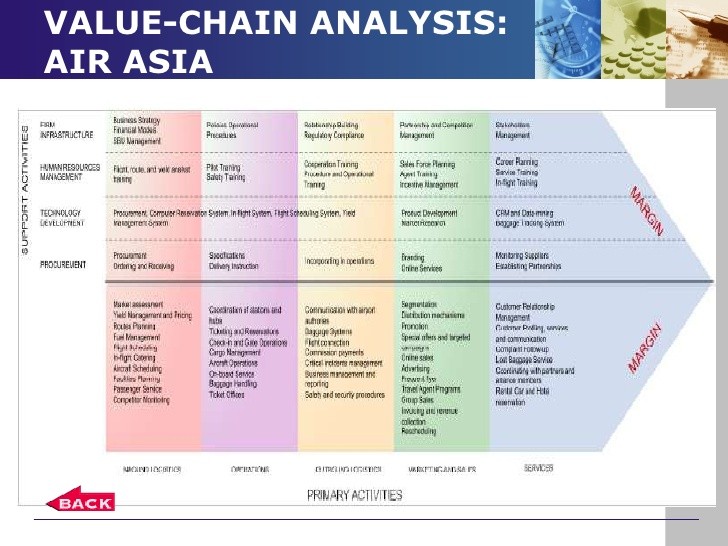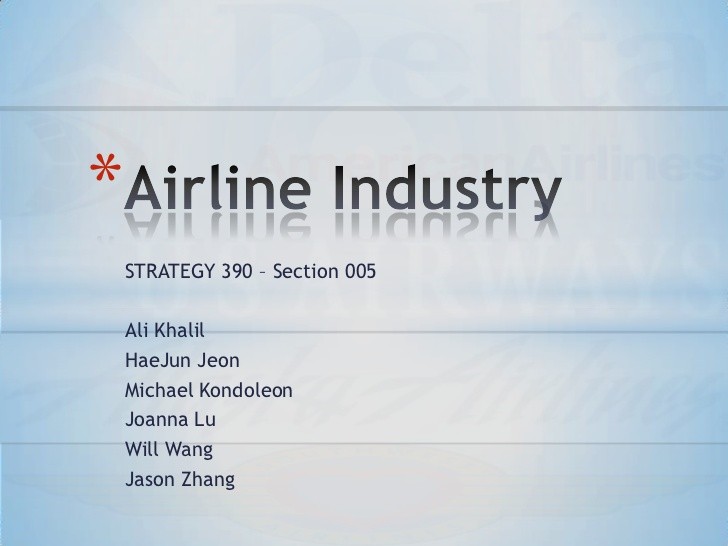Value Line Industry Analysis Air Transport
Post on: 30 Май, 2015 No Comment

Value Line’s Air Transport Industry primarily contains domestic carriers that focus on passenger service. Companies included in this cyclical group range from small domestic carriers, some with revenues below $1 billion, to major international airlines, reporting annual revenues in the tens of billions. Large, traditional carriers operate through a hub-and-spoke system, whereby many flights originate at one main airport and are dispersed throughout the United States. Small players often utilize a point-to-point system, especially those serving leisure destinations involving minor airports.
Big package shippers are in our industry grouping, as well. Like that of passenger airlines, the operating performance of these companies is heavily dependent on the health of the international economy. However, the shippers’ earnings are much more stable throughout the business cycle. Additionally, there are some companies in the industry specializing in certain areas, such as cargo and personnel (corporate, military) transport.
Cyclical Influences
Domestic and foreign economies have a significant impact on demand for business and leisure travel and, in turn, air carriers’ revenue and earnings results; large metropolitan markets are particularly important. Many airlines will focus on a major corridor-for example, the East and West coasts of the United States, transatlantic routes, or the Pacific. Oil prices are another important influence on airline operating results. Indeed, aircraft fuel is the largest item in the industry’s cost structure. In a strong economy, it’s relatively easy to cover fuel costs, even if prices are above the historical averages. During an economic slump, however, when travel demand is soft, an airline might come under financial pressure, especially if fuel outlays become excessive. Managements implement hedging strategies, with varying degrees of success, to limit fuel cost risk.
Proceeds from ticket sales rise and fall year to year, according to air traffic, measured in Revenue Passenger Miles. These sales represent the bulk of the reported top line, but airlines also generate some revenue from cargo transport, bag checking, and flight change fees. In difficult times, increased ancillary fees and surcharges are a means to offset the effects of weak demand and/or elevated fuel costs. Margins can vary considerably over an economic cycle, and effective operating and cost management are essential to a carrier’s viability. Notably, after fuel, labor is the next largest expense. Talented, technically proficient employees can be costly to hold on to, especially if they are members of influential unions. Union and federal rules regarding wage rates and scheduling sometimes conflict with a company’s ambition to optimize operating results.
The trend toward globalization is in airlines’ favor. Rising affluence and commerce around the world are leading to increased international air travel. Carriers have bulked up their overseas presence to take advantage of highly profitable long routes. The United States-European Union Open Skies Agreement, which went into effect in March, 2008, allows airlines to operate between any two points on the continents. An important goal of the pact is to promote greater competition.
Specific Factors to Consider
Airfares fluctuate in line with the seat supply/demand balance, and quickly move toward a mean as carriers compete for passengers. The mix of premium and economy tickets also affects reported Average Fare. This metric rises during healthy economic periods, but it will fall in weak times when travelers trade down to less expensive seating. If seat capacity, or Available Seat Miles, becomes excessive, airlines may feel compelled to discount tickets. Load Factor, found in the array on the Value Line page, is a measure of aircraft occupancy, and an indication of a carrier’s operating efficiency; the higher the percentage, the better. Load factors, and revenue and earnings, are typically higher the second and third quarters of a calendar year due to the seasonality of air travel. Gross Equipment per share, also in our numerical presentation, shows a company’s capital spending trends and provides insight as to how efficiently operations are run.

Competitive Atmosphere
There is a limited number of domestic airlines in existence because of the capital-intensive nature of the industry and fierce competition. All of the most heavily traveled corridors include the biggest players. At times, small point-to-point carriers will emerge to compete on lucrative or underserved routes. Also, airlines serving foreign regions often face tough competition from local carriers, pressuring revenue yields, or Revenue per Available Seat Mile, another important industry measure. Consolidation ramps up when demand is slack for an extended period.
Given this intense competitive environment and a growing need among travelers to reach multiple destinations, several airlines have found it fortuitous to form alliances. The alliances help carriers to maintain market share.
Risks and Rewards
Those considering Air Transport stocks for investment should be aware of the risks. Most of the equities have high betas and low Price Stability scores. Debt leverage can be quite heavy, resulting in low Financial Strength ratings and Safety ranks. Cash on hand and credit availability are crucial in keeping operations running during seasonally slow periods or cyclical downturns.
The most attractive Air Transport companies to invest in have the best track records for capacity utilization, fuel hedging and service, and have lucrative routes.














